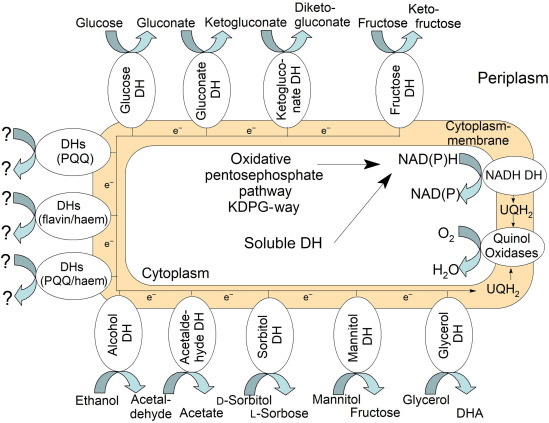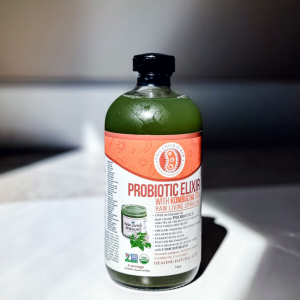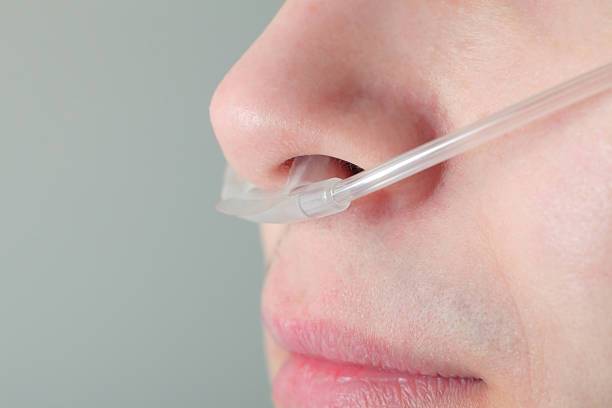
The present work aimed to study the effects of kombucha tea on the levels of iron, copper, zinc and copper/zinc ratio of brain, spleen and intestine tissue in male albino rats exposed to EMF originating from a commercially available mobile phone.
2. Materials and methods
2.1. Animals
Male Wister rats; each weighing 120–140 g, were purchased from the animal breeding unit of National Centre for Radiation Research and Technology (NCRRT), Atomic Energy Authority, Cairo, Egypt. They were housed under appropriate conditions of controlled humidity, temperature and light. The study was conducted accordance with the guidelines set by the European Economic Community (EEC) regulations (Revised Directive 86/609/EEC) and approved by the Ethical Committee at NCRRT. All animals were housed collectively (6 animals in each polyethylene cages 30 × 40 × 40 cm – W × L × H).
2.2. Micro wave system
Microwave device was designed and constructed locally in the Radiation Physics Department; NCRRT; to study the biological effect between 0.01 and 20 GHz. The microwave exposure system consisted of the following main parts:
- •
The microwave generator (HP 83712B) with frequencies range between 0.01 and 20.0 GHz.
- •
HP 8592L Spectrum analyzer that cover range from 9 KHz to 22 GHz.
- •
Two horns antennas, one working as a transmitter and the other as a receiver.
The animals were exposed to microwave 950 MHz at SAR (specific absorption rate) = 0.95 W kg−1 (watts per kilogram) for eight weeks (1 h daily during the light period).
2.3. Preparation of kombucha tea
The kombucha was obtained from microbiology lab of the NCRRT where the author is employed. It was grown and maintained in black tea medium (Sai Ram et al., 2000).
2.4. Experimental design
1) Control group: Animals were administered with black tea by means of stomach tube throughout the experimental period. 2) KT administered group:Animals were treated with kombucha tea (0.1 ml/100 g b.w.) daily and orally by means of stomach tube for nine weeks. 3) EMF exposed group: Animals were exposed to 950 MHz for 1 h daily for eight weeks together with black tea administered orally. 4) KT + EMF treated group: Animals’ administered with KT for one week, then exposed to the EMF (950 MHz) concurrently with KT administration up to nine weeks. Control and KT groups were kept under the same conditions without being exposed to the electromagnetic wave.
2.5. Experimental parameters
Animals exposed to 950 MHz EMF for eight weeks, after the end of the experimental period, each group of animals were sacrificed 24 h post EMF last exposure day. The animals were sacrificed by decapitation; brain, spleen and intestine were removed and stored at −80 °C in glass containers until needed for analysis. To determine the concentrations of iron, copper and zinc, tissue samples were washed thoroughly with doubly distilled water; prepared by ELGA Ultra Pure Water Station (England). The weighed samples were digested by adding mixture of concentrated nitric acid and hydrogen peroxide (H2O2) in 5:1 ratio respectively (IAEA, 1980, p. 379). Samples digestion was carried out with acids at elevated temperature and pressure by using Microwave Sample Preparation; Labstation MLS-1200 (MEGA, Italy). Samples diluted with doubly distilled water to appropriate concentration level (Kingestone & Jassie, 1988, 263 pp.). Iron, zinc and copper were estimated in brain, spleen and intestine. Concentration of elements in tissues was calculated by using calibration curve prepared from their stock solution (1 mg). The concentration of elements per grams wet tissues could be determined by the following equation (Gregus & Klaassen, 1986).
Investigation revealed that kombucha contains amino acids which are constituents of proteins, produced antioxidant enzymes and glutathione; a powerful antioxidant, which provides protection from environmental pollutants (Blanc, 1996, Steiger and Steinegger, 1957). Kombucha cultures contain two groups of symbiotic microbes: Xylinum and yeasts. Xylinum generates bacterial cellulose from ethanol produced by the yeast; bacterial cellulose is an efficient adsorbing agent that will adhere to metals ions and other substances thereby facilitating their removal (Wang & Zhang, 2011). The present results indicated that administration of kombucha to rats exposed to the electromagnetic waves showed amelioration in the studied trace elements homeostasis which may be due to the adsorption effects of bacterial cellulose produced by the kombucha culture. On the other hand, reduced glutathione helps in the reduction of heavy metal ions by accepting electrons (Galhardi et al., 2004).
In conclusion the administration of kombucha to rats exposed to EMW could achieve trace elements homeostasis in different organs.
Results: The effect of oral administration of different doses of K-tea to albino rats was examined and the results indicate that K-tea has no significant toxicity as revealed by various biochemical and histopathological parameters. K-tea has been found to prevent lipid peroxidation and fall in reduced glutathione level when rats were exposed to cold and hypoxia in simulated chamber. Further, K-tea has also been found to decrease the Wrap-restraint faecal pellet output in rats. K-tea has also been found to decrease paracetamol induced hepatotoxicity significantly.
Conclusion: The study shows that K-tea has anti-stress and hepato-protective activities.












Glutathione, also known as GSH, is a molecule found naturally in your body. It is produced by the liver and by neurons (nerve cells) in the central nervous system. Glutathione is made up of three amino acids: L-cysteine, glycine, and L-glutamate.